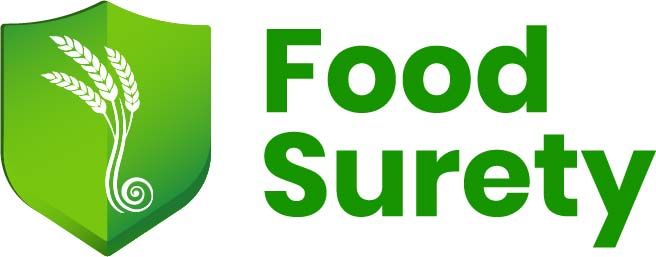With GFSI's definition in mind, food defence attacks can take different forms e.g. Malicious contamination, Extortion, cyber-crime, etc. Here is a list of who might want to attack a food business:
- The opportunist:
They can be someone who has access to the facility, they may have technical as well as site knowledge allowing them to perform the attack. They are likely to be discouraged by the chance of detection.
- The opportunist:
They can be someone who has access to the facility, they may have technical as well as site knowledge allowing them to perform the attack. They are likely to be discouraged by the chance of detection.
- The extremist:
Very strong about their cause or campaign that they will push it to the point of ignoring the rights and even safety of others. Publicity in case they are caught can be preferred. The risk of failure is a deterrent, but the risk of being caught is not. In some cases, certain groups want to disrupt the operation of certain businesses, but they are aware of potential public harm which stops them from taking these actions.
- The extremist:
Very strong about their cause or campaign that they will push it to the point of ignoring the rights and even safety of others. Publicity in case they are caught can be preferred. The risk of failure is a deterrent, but the risk of being caught is not. In some cases, certain groups want to disrupt the operation of certain businesses, but they are aware of potential public harm which stops them from taking these actions.
- The disgruntled individual:
Someone who wants revenge from the organisation as they believe it is the right thing to do. This individual can be a current or previous employee, supplier, customer. Can be an insider, someone who has access to the premises or products or an external person who has no access.

- The extortionist
Individual or a group targeting a successful business that has good reputation and can be affected by bad publicity. Their goal is financial, and they don’t want to be caught.
- Professional criminal
Organised and capable individual or group targeting a certain business or supply chain for different reasons e.g. political, financial, etc.
- Irrational individual
Individual attacking businesses and supply chains for no rational reasons, their view of the world is distorted, may be caused by mental health issues in some cases.
- Cyber criminals and malicious digital actors
Aim at controlling communication and computer systems in order to cause harm and disruption. Different motivations and capacities. Some uses of the shelf malware to conduct these attacks.

Drag to resize
The impact of food defence events will vary based on the type of the attack, the target, and the scale of the attack. In general, the potential impact include:
- decrease consumer confidence
while
food defence threats are not necessarily common, they are are so real! While they are not necessarily likely to happen, if they happen, huge damage can be caused!
It is important to understand what is food defence threats, potential attackers and more importantly the types of controls required at your work place to prevent food adulteration and attack in general.
Food protection is the responsibility of everyone in the food supply chain! so, are you doing your part? if you are keen on fully understanding food defence threat assessments and
how to develop and implement a food defence plan - TACCP then check out Food Surety's courses below.



